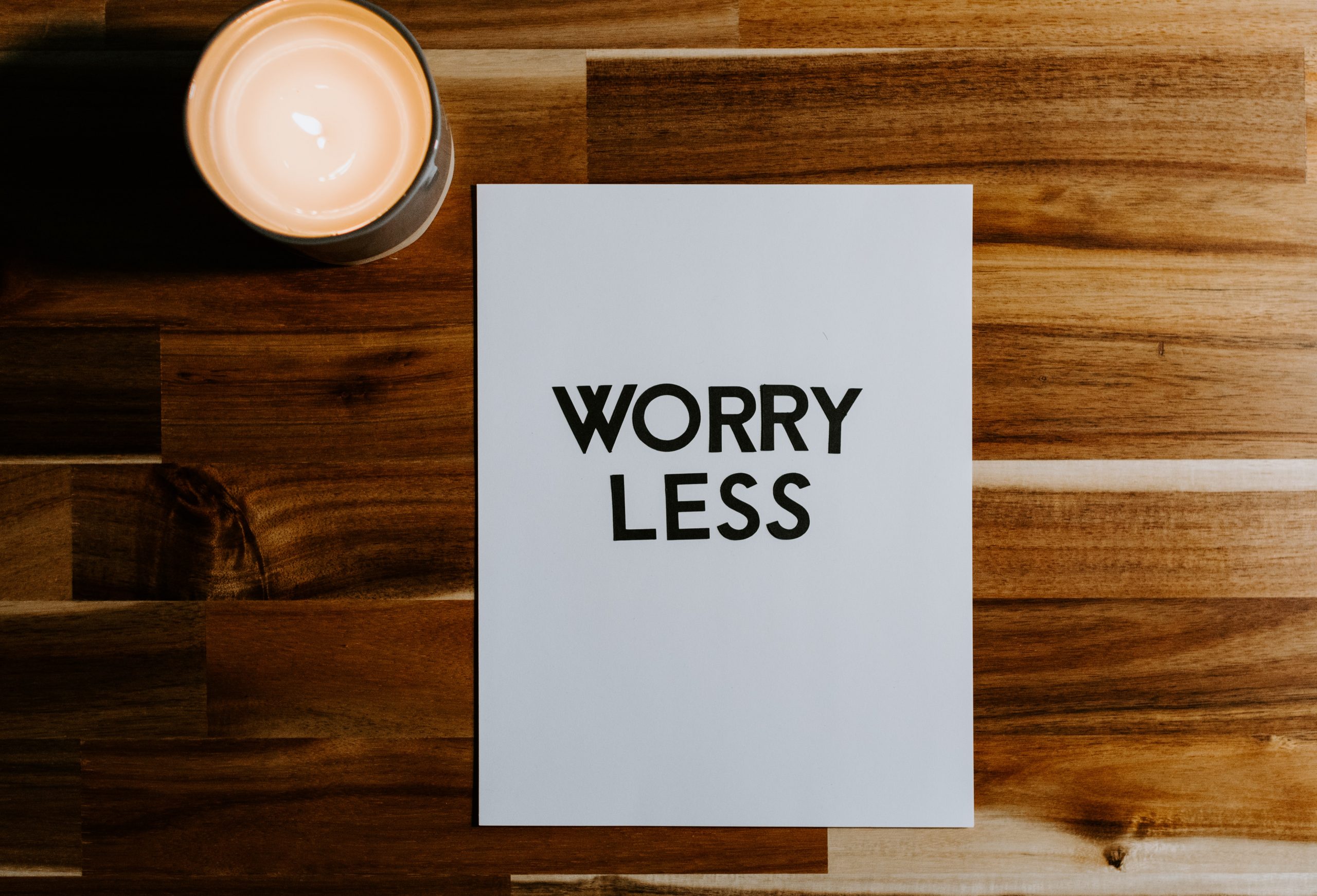Remote work: 6 new habits to develop in 2021

With many companies already pledging to keep offices closed through the first half of 2021 (or longer), it’s time for employees to double down on their work-from-home routines.
We asked our clients and friends to share a new habit they believe all remote workers should incorporate into their daily routines for a more productive, fulfilling work day. From making your work more visible with regular updates and visualization tools to optimizing your workspace to eliminate interruptions, here are some considerations for improving your remote working routine.
1. Put yourself first
Self-care. With most of us not traveling and always on, the operational tempo of work can be exhausting and lead to burnout. For those of us who used to fly (remember that?), the safety video told us to always put our masks on before helping others. The same intent is true when working from home because we can’t show up as our best selves at work and at home if we don’t take care of ourselves first. Self care can manifest in many ways. It can range from going for a walk, turning off your video camera to not feel like you’re on display, or both. Exercise is critical when we’re working from home because we move a lot less. Consider treating yourself too. We may not be going out on the town like we used to, but takeout from your favourite restaurant can be a treat to look forward to.

2. Master time boxing
It’s critical for remote workers to time-box their days to avoid distractions and maximise productivity. We strongly suggest blocking your calendar during your most creative hours to get critical work done. People have jumped into using Zoom, Microsoft Teams, Google Workspace, and other collaboration tools, and now is a great time to learn how to fully utilize and personalize them. Lastly, put rigor into your day-to-day process by developing a weekly schedule, committing to it, and tracking progress.
3. Visualise your work
Make work visible. If you didn’t already do this prior to the pandemic, getting into the habit of making work visible is a key skill to hone in 2021. As working in distributed teams becomes normalized, teams are at greater risk, due to the lack of unscripted collaboration that we took for granted in same-time, same-place working environments. To improve productivity in an era where we are all in different places, and work hours are tempered by unexpected needs at home, it is imperative that work is highly visible and clearly understood by others in the team.
When queued work is visible, and when a definition of ‘ready to be worked’ is understood, it becomes possible for another team member to independently begin making progress against that work. When work in progress is visible, it is easier for a team to understand when and how dependencies will be addressed. Thankfully, a wealth of digital tooling now exists to make it easier to describe and share work activities without tremendous amounts of extra effort – seek them out and find one that fits your needs. Creating the daily habit of visualising your work will benefit all members of your team, and is an essential skill for distributed teaming in 2021.
4. Keep the status report alive
When working remotely, it can be easy for your accomplishments to get lost in the shuffle. Embrace the status report. This weekly touchpoint allows your manager to stay abreast of the great things you’re doing and for you to receive continuous feedback. Don’t use your status report as simply checking off boxes. Frame it to show real progress on initiatives where you’re getting traction. This weekly touchpoint allows your manager to stay abreast of the great things you’re doing and for you to receive continuous feedback.
Some days, you may look up and wonder where your productivity went. With everyone trying to over communicate through email, Slack, and tacking on extra meetings, it can be hard to get anything accomplished unless you block off time to be productive. Take time each morning to map out your day. Identify the blocks of time you can set aside to truly be productive. It may be necessary to go on a communication freeze during those hours to allow yourself the time you need to make real progress.
5. Stay present
Pay more attention to being present. Many of us struggle with staying present even when we’re in the same room with someone else, or even in a face to face conversation with them. How many times have you noticed that you’ve not heard what someone just said to you because your mind had wandered? As hard as this can sometimes be when we’re face to face, it gets even more challenging when we’re on the phone or a video call.
First, Resist the urge to multitask. You do that and you’ve chosen not to be present. Second, try to listen beyond the words others are using. What do they really mean? What are they feeling?
Why does this matter? People crave connection. One of their strongest desires is to be seen and heard. When we are present with them they get that from us and respond to us. When we give up that presence, we sacrifice our connection to them and diminish our relationship with them.

6. Eliminate interruptions
MORE ON REMOTE WORK
Create a space for your work and thinking where you can focus without interruptions. According to the University of California, Irvine, it takes 23 minutes and 15 seconds to get back onto the flow after you have been interrupted. “After 17 years of working from a home office, I have designed my office (even if it was just the kitchen table) in such a way that I can focus for large chunks of time without interruptions. This has made me more productive, focused, and less stressed.
Whether you're hosting a special celebration dinner, looking for a chef during your holiday or weekly meal prep, we will match you to the perfect chefs.
Start hereThere are two ways to eliminate interruptions: One way is to eliminate all notifications so you are not tempted to interrupt yourself. This includes email and chat notifications, phone calls, text messages, or anything else that might take your attention away from your work. Create time in your calendar where you check communications to stay connected but on your terms. The second way is to let your family, neighbors, or office mates know that you are focused. I do this by wearing a noise cancelling headset which gives a clear sign of no interruptions. Of course, that’s easy for me to say, as my kids are now gone.”
Credits: www.enterprisers.com






